I spent ~$100k on a STEM degree in the U.S., and now I have only one chance left for H-1B. Where does this leave me?” asks Shreya Mishra in a viral LinkedIn post that has reached over 2 million people. Shreya is one among over 3.5 lakh immigrants whose names did not figure in America’s FY25 H-1B cap lottery season.
The H-1B needs little introduction: it’s the lightning rod for political football in the U.S., caught in a gridlock for more than two decades now. The last significant revision to the H-1B happened in 2004 when the Bush administration allocated 85,000 H-1B visas each year. While 65,000 were for those with a bachelor’s degree, 20,000 were set aside for those with a master’s degree or a higher one. Since 2011, the cap of 85,000 has been reached every year. The visa is thus more a lottery ticket now than a stable option to work in America.
But the struggles don’t end at winning this lottery. “I came to the U.S. in 2001,” says Saurav Mitra, a mechanical engineer employed at an electronics company. “I graduated from one of the top schools in Mechanical Engineering in 2008 and got the H-1B. Since then, I’ve been stuck in the EB-2 retrogression, with no hope of getting a green card even if I wait till 2030. That makes it close to 30 years in this country, caught in limbo, with promotions and job changes taking place at a much slower pace. All of my colleagues, including from China, who graduated much later than me, already have their green cards.” Due to ‘country caps’ introduced in 1990, a country can get only 7% of the 140,000 green cards issued every year. This has unfairly affected immigrants from China and India, the top two countries sending students to the US.
A Wide Knowledge Gap
When I moved to the US in 2017 for my master’s degree at Columbia University, I wasn’t aware of the pitfalls of the immigration system. I vaguely knew of the H-1B being a lottery, but didn’t care to learn more until I decided to quit my job and become a solopreneur. After a two-and-a-half-year journey with the immigration system, I obtained my O-1A extraordinary visa in October last year as the CEO of The Curious Maverick LLC, an educational venture focused on promoting talent mobility in the US and the world. As part of this, I published Unshackled, my second book, to help high-skilled immigrants in America. In April this year, we launched a country-wide book tour to visit almost 2,000 international graduate students and talk to them about the immigration system. What we found was concerning but not surprising: less than 10% were aware of the O-1A as a visa pathway, and even fewer understood its requirements. Their knowledge of other pathways, such as the EB-2 National Interest Waiver, self-employment OPT (Optional Practical Training), and International Entrepreneur Parole, was even more limited.
During my time as a student in the US, I don’t remember a single university-led event that exposed me to various visa pathways. And I’m not alone. Universities tend to take a risk-averse approach when it comes to immigration. Most International Student Offices restrict their advice to conservative pathways (read: the H-1B) and shy away from answering questions that creep into creative territory.
Immigration is also not something students think proactively about. It hits them only when a crisis strikes – when their OPT is revoked, their STEM OPT extension is denied, or they are laid off on their H-1B. The best defense against such situations is to be proactive, start early, and ‘diversify’ one’s visa portfolio. The H-1B is a gamble and one shouldn’t rely on it solely to work in America. Building a portfolio of visa pathways from Day 1 can be helpful.
Immigrants Remain Undervalued
“I arrived in the US on an F-1 visa in 2019,” says Shreya Telang, a Bioengineer based in California. “Sadly, COVID-19 struck when I was in my second semester, and the second wave took my father’s life in March 2021. Borders were closed and my EAD [Employment Authorization Document] card hadn’t arrived, so I couldn’t say goodbye to him. It took a whole year before I could hug my grieving mother. My story mirrors the struggles of many immigrants…”
The truth is, it shouldn’t be this hard for high-skilled immigrants in America. About one in four workers in STEM fields are immigrants. “Despite making up just 14% of the population, immigrants are responsible for 30% of U.S. patents and 38% of U.S. Nobel Prizes in science,” write Alec Stapp and Jeremy Neufeld of the Institute For Progress, a Washington-based think tank. “A team of Stanford economists recently estimated that nearly three-quarters of all U.S. innovation since 1976 can be attributed to high-skilled immigration,” the authors add. The contribution is not limited to science either. A recent analysis by the National Foundation for American Policy found that over half of unicorn startups were launched by immigrants.
Yet, America continues to lag. The last time the country came close to passing comprehensive immigration reforms was in 2013. Countless bills have been introduced in Congress, most of them being ‘dead on arrival’. Most recent is the ‘Border Act’ introduced this year. While its fate is most likely already sealed, one can still hope.
“I Feel Stuck”
“I’ve spent 17 years in this country now,” says Preeti Suryakumar, an occupational therapist who moved to the U.S. in 2007. “Due to so-called cost management decisions made by my employers and the backlog for Indian nationals, I still don’t have my green card. I am burnt out, I get paid hourly, and I don’t get holidays. Sadly, I don’t have much job potential in India either. So it feels like I’m stuck here… Sometimes I wonder, did I make the right choice coming to America?” Preeti is not alone. Scores of other immigrants have begun feeling this way. “Coming to the US for MS with the intention of settling here? Please stay back,” says Sudeepa Kolli in a tweet; she is a Cornell graduate from 2023. YouTubers have begun publishing videos on the subject warning students.
But this hasn’t affected the numbers yet. In the 2022-23 academic year, there were 1,057,188 international students in the U.S. Of that, India, with 268,923 students – a 35% increase year-over-year – accounted for the second highest number of pupils after China. Surprisingly, mass layoffs and outdated immigration policies haven’t had an impact on new incoming students, yet.
So, should you come to America? No one person can decide that. It is a deeply personal question that needs to be addressed based on facts. The facts are: America is a high-risk, high-reward country. One could come here and be incredibly successful, or they could put themselves in debt and golden handcuffs. The question to ask is: are you willing to take that bet on yourself?
Ultimately, while international students should continue to ask for America (and other countries) to do their best to update laws, they shouldn’t rely on that. At least, not in the short term.
Disclaimer: These are the personal opinions of the author






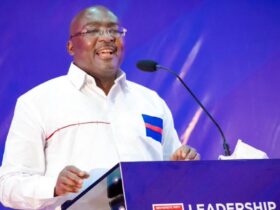
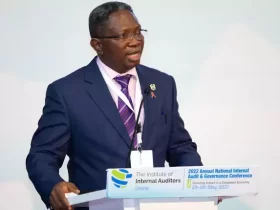



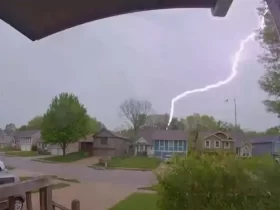







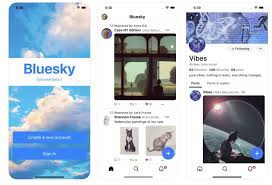





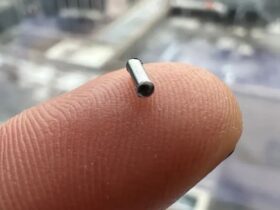



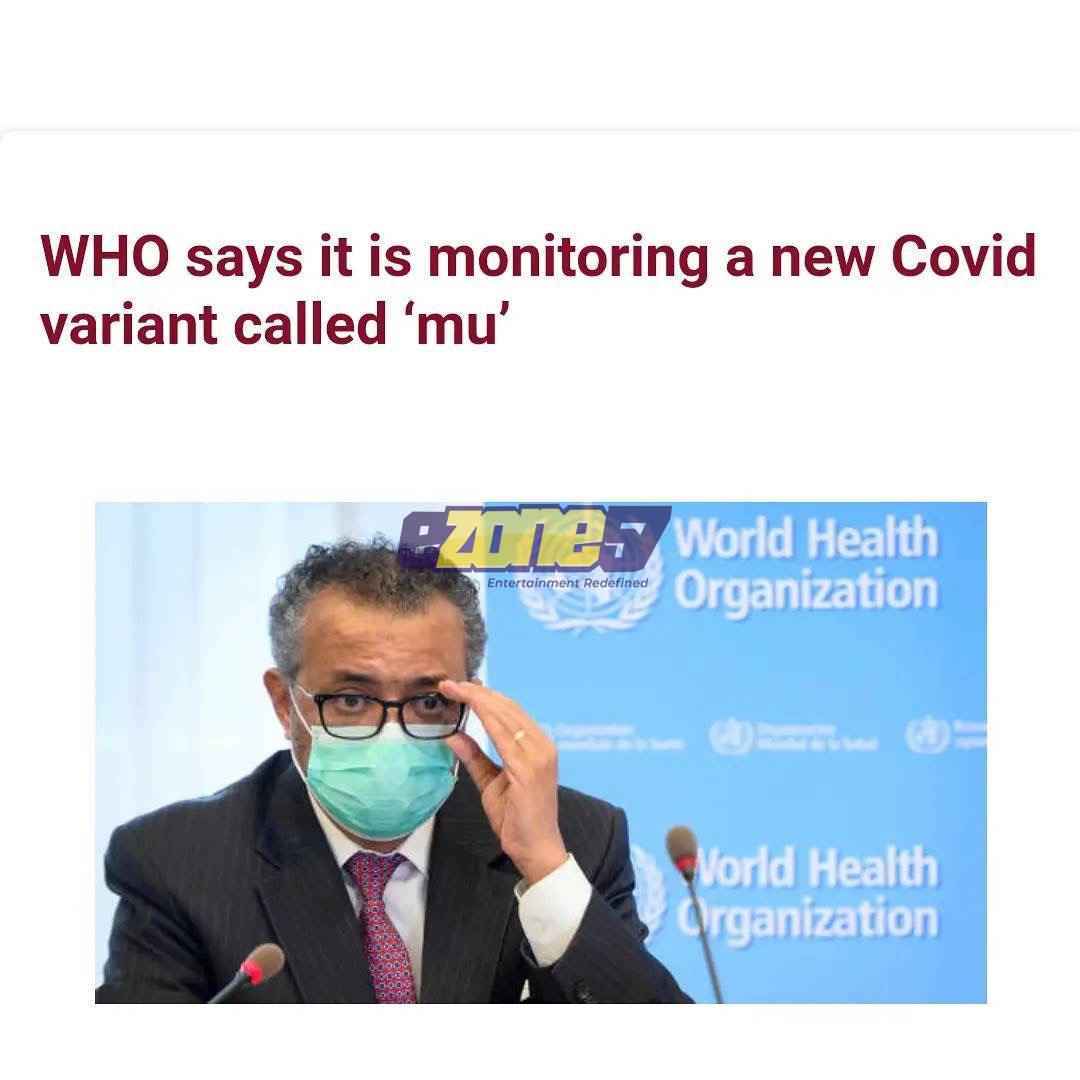




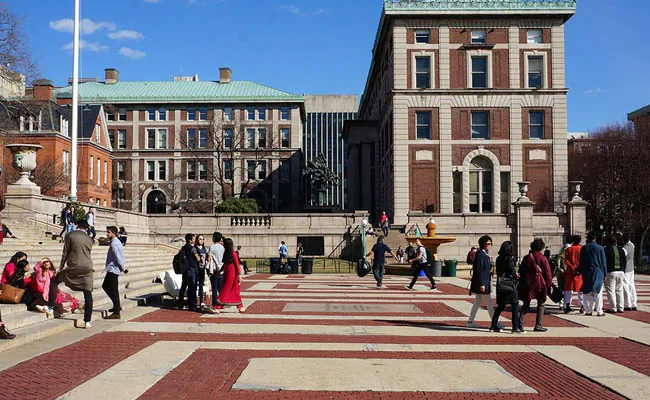




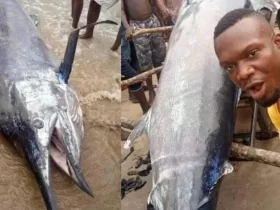







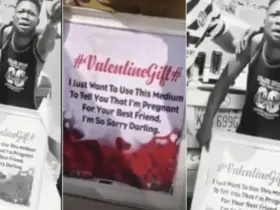

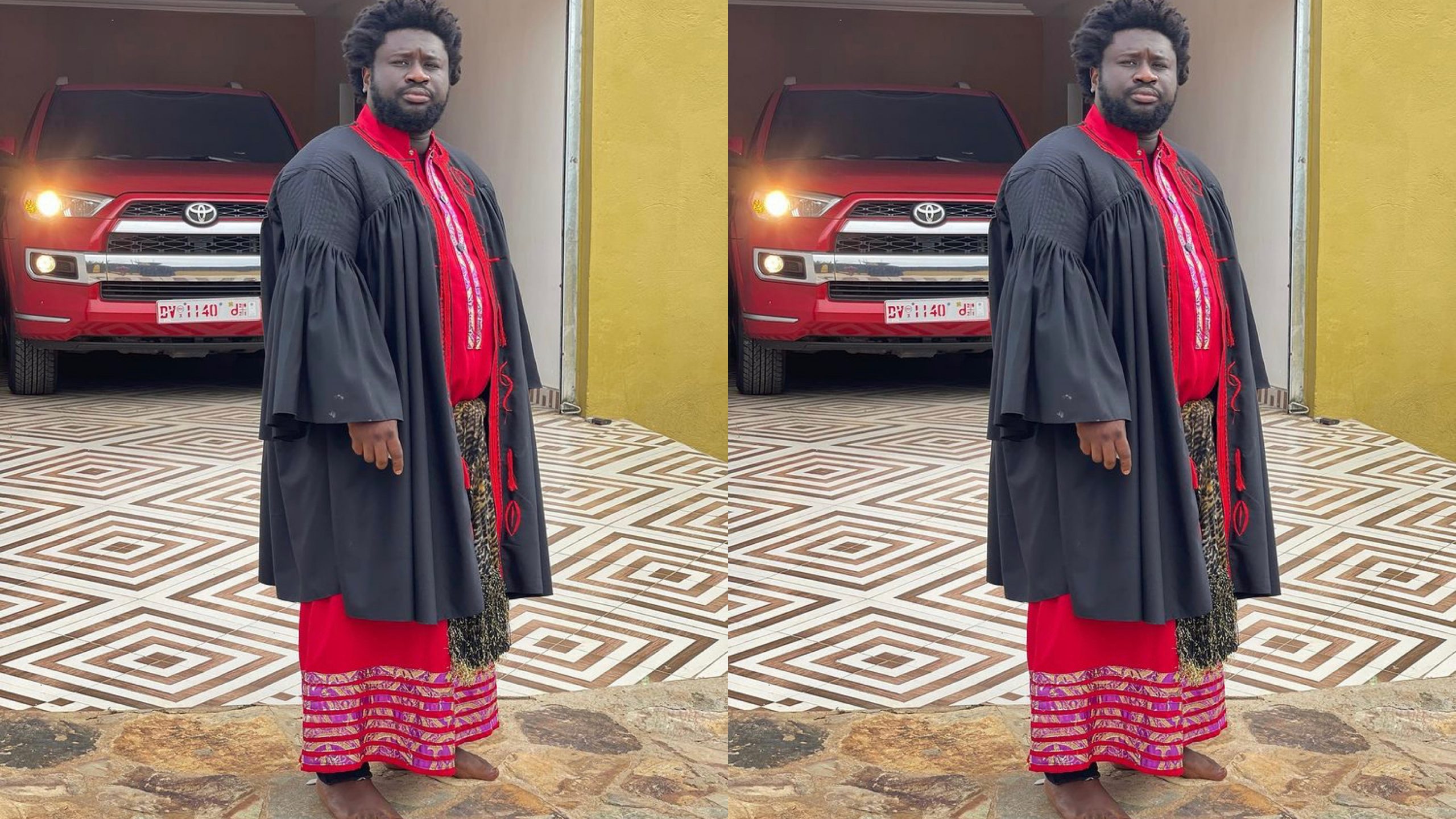




Leave a Reply